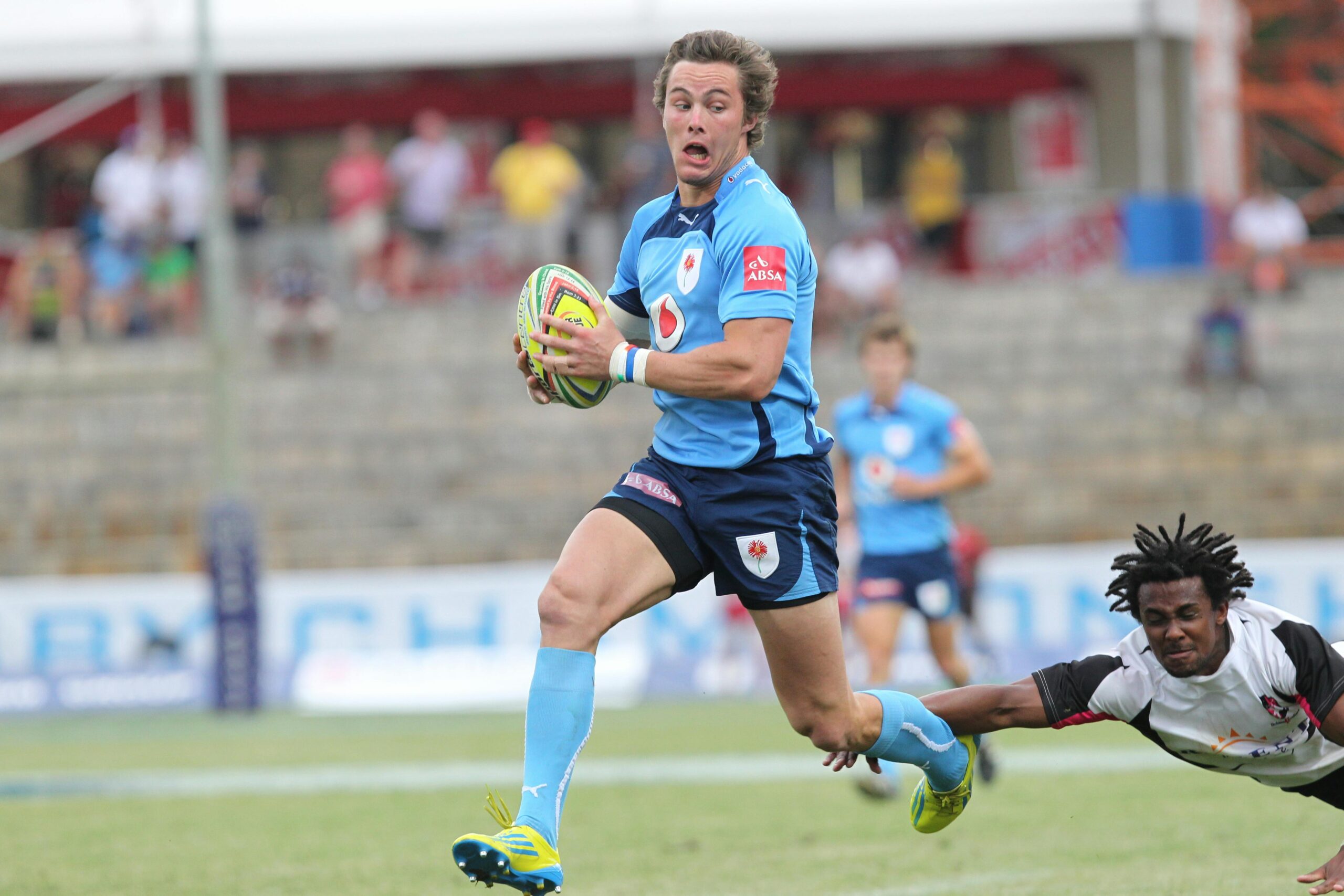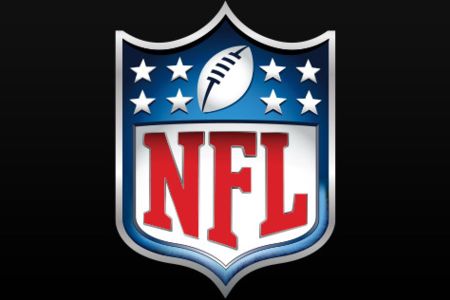Rugby league has evolved remarkably since its inception in 1895. Originating in the north of England, the sport has blossomed into a global spectacle, thrilling audiences with its high-octane action and strategic depth. Let’s explore the current state of rugby league, the factors driving its evolution, and the exciting developments on the horizon.

Image Credit: https://www.playrugbyleague.com/
The Rise of Professionalism
Over the past few decades, rugby league has seen a significant shift towards professionalism. The introduction of full-time contracts and the establishment of the Super League in 1996 marked a pivotal moment for the sport. This shift has not only elevated the quality of play but also boosted the sport’s visibility and commercial appeal.
Professionalism has transformed how teams prepare and compete. Advanced training techniques, sports science, and nutrition have all enhanced player performance. Increased financial investment has enabled clubs to attract top talent from around the globe, raising the standard of competition even further.
Technological Advancements and Their Impact
Technology has been a game-changer for rugby league. The advent of video refereeing, GPS tracking, and performance analysis tools has revolutionised gameplay and officiating. These innovations have improved decision accuracy and provided coaches with valuable insights to refine their strategies.
Digital media has also transformed fan engagement. Social media platforms, live streaming services, and dedicated rugby league websites have made it easier than ever for supporters to stay updated. For example, fans can now access the latest rugby league betting odds on platforms like Coral, ensuring they are always in the loop.

Image Credit: IBC
Global Expansion and International Competitions
Rugby league’s global reach has expanded significantly in recent years. New leagues and the inclusion of teams from various countries have boosted the sport’s popularity. The success of the NRL in Australia and the Super League in the UK has inspired similar competitions in other regions, such as the French Elite One Championship and the Canadian Rugby League.
International tournaments like the Rugby League World Cup and the Four Nations have been crucial in promoting the sport globally. These events not only showcase top talent but also foster a sense of camaraderie and sportsmanship among nations.
The Role of Media and Public Perception
Media has always played a crucial role in shaping public perception, and rugby league is no exception. High-profile coverage from reputable sources like BBC Sport and The Guardian has helped elevate the sport’s profile and attract new fans. Positive media attention has also been instrumental in securing sponsorship deals and broadcasting rights, bolstering the sport’s financial stability.
However, media influence isn’t always positive. Controversies and scandals can tarnish the sport’s image. Therefore, it’s vital for rugby league authorities to maintain transparency and uphold high standards of integrity to preserve the sport’s reputation.

Image Credit: The Match Report
The Future of Rugby League
Looking ahead, rugby league is set for several exciting developments. New rules and formats, such as the proposed 9s competition, aim to make the game more dynamic and appealing to a broader audience. Efforts to promote grassroots development and inclusivity are also essential for ensuring the sport’s long-term growth and sustainability.
Rugby league has undergone significant transformations over the years, driven by professionalism, technological advancements, global expansion, and media influence. As the sport continues to evolve, it is poised to captivate new generations of fans and cement its place as one of the world’s most thrilling and dynamic sports.








